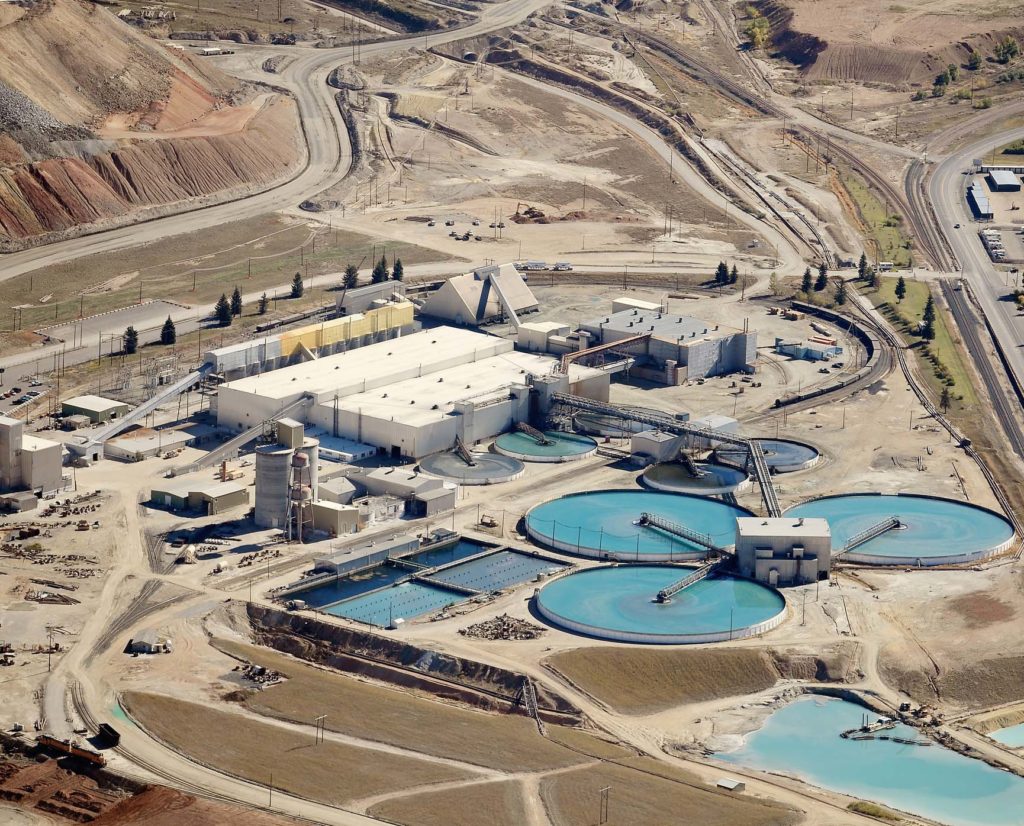Chinese rare earths mining company Beixin Minerals, focused on the operation and development of its 100% owned Qixia rare earths mining project in Yantai, Shandong has announced that it has completed the acquisition of an initial 51% interest in a mining research company focused on rare earth magnet recycling, and has an option to invest a further $1 million to increase its interest up to 100%.
Consistent with the company’s strategy focused on downstream opportunities relating to the rare earths supply chain, Bexin says the transaction will generate potential synergies, such as supplying primary production if required for blending with recycled production, as well as product offtake and marketing rights, leading to enhanced marketing flexibility and access to downstream markets for rare earth permanent magnets, which are critical materials for electric vehicles, wind turbines, consumer electronics and other technology applications.
Highlights of the transaction include the acquisition of a patented process for extracting and demagnetising neodymium iron boron (NdFeB) alloy powders from magnets embedded in scrap and redundant equipment named HDMS (Hydrogen Dispensation of Magnet Scrap). The founding directors Beixin says are leading world experts in the field of rare earth magnetic materials, alloys and hydrogen technology, and have significant industry experience. The project aims to establish a pilot rare earth magnet recycling facility to produce sintered rare earth (NdFeB) magnets for use in new electric motor designs for automotive use.
Ken G Mingshan, Chief Executive Officer of Beixin Minerals stated: “We are very pleased to become a substantial shareholder in the company with a strong option to full ownership and look forward to working with the team, supporting the future growth of the company and development of this very exciting technology. We see rare earth magnet recycling as a major growth industry, complementing the development of new sustainable primary production, such as Beixin Minerals’ advanced stage Qixia Rare Earth Project, located in Yantai, Shandong, People’s Republic of China.”
Qixia is located approximately 46 km south-southwest of Yantai City. It is a carbonatite deposit with bastnaesite, laterite clays, monazite, and loparite which have high concentrations of rare earth elements. Beixin plans to mine, concentrate and chemically process rare earths at the Qixia site, then transport a rare earth intermediate product to a refinery (separation plant) owned by Beixin Minerals for final processing into high-value rare earth products. Life of mine (LOM) 40.3 Mt production scheduling for the open pit has been developed for 24 years.
Comminution includes a crushing circuit fed by front end loader, and ore is then conveyed to a single ball mill for grinding. In the beneficiation circuit, ground material is passed through a wet high intensity magnetic separation (WHIMS) circuit to isolate RE-bearing magnetic minerals into a concentrate. This concentrate is then reground and upgraded using flotation cells to produce a RE-rich concentrate. This reduces the mass for subsequent processing and produces a phosphate-rich, rare earth-bearing concentrate, as well as tailings.
Tailings will be pumped to a Residue Storage Facility (RSF) for containment and long-term management. The concentrate will be fed to an adjacent extraction plant, where it will be subjected to a number of hydrometallurgical processes including pre-leach, sulphation, water leach, precipitation, dissolution, and purification. The products are earmarked for export and direct sale. Waste streams, including gypsum, from extraction processing will be neutralized before being pumped to an RSF.
An open pit will be excavated to a depth of 169 m with a surface area of up to 110 ha. Associated infrastructure includes six waste rock dumps that will receive a LOM waste quantity of 38 million loose cubic metres (mlcm) constructed to a height of about 38 m in 8 m lifts interspersed with 3.7 m wide berms. At maximum production the mine will use a fleet of nine Cat 777 90 t class trucks and three Hitachi EX1200 excavators plus three Cat D9T dozers.











